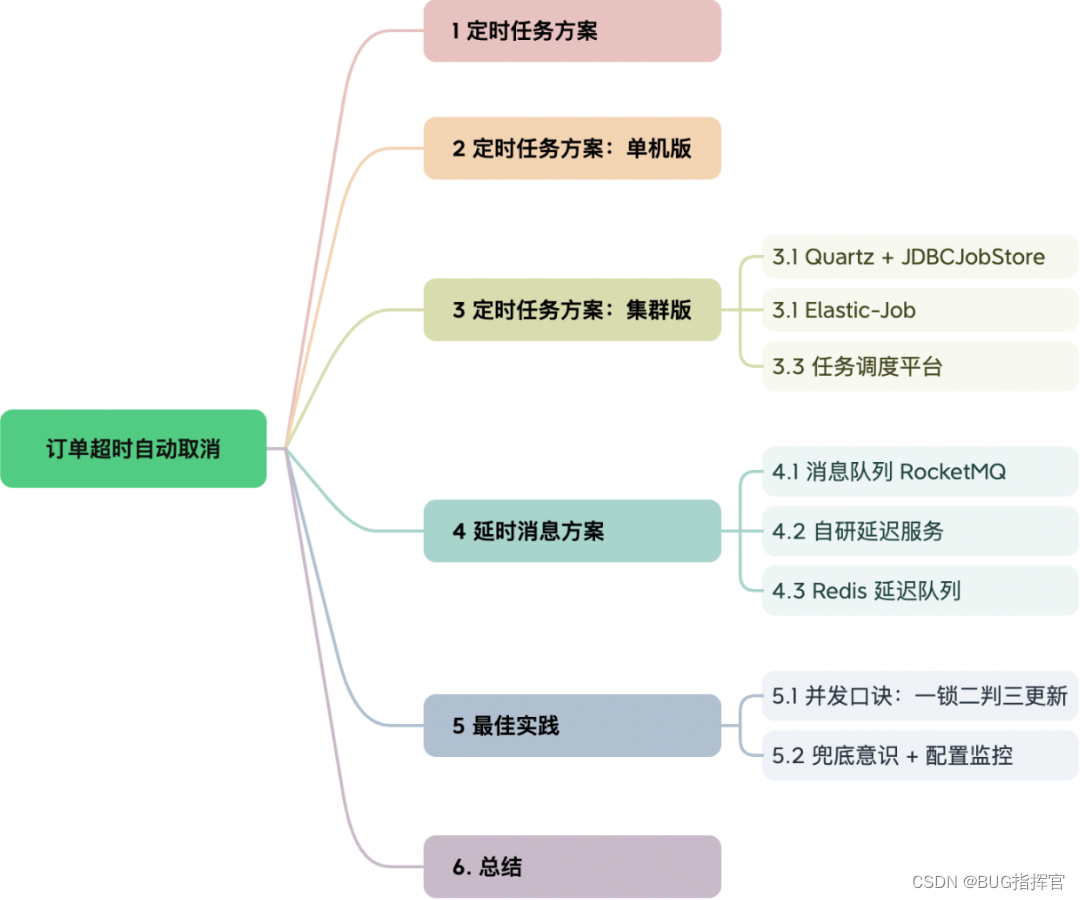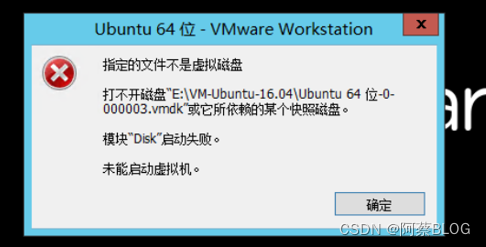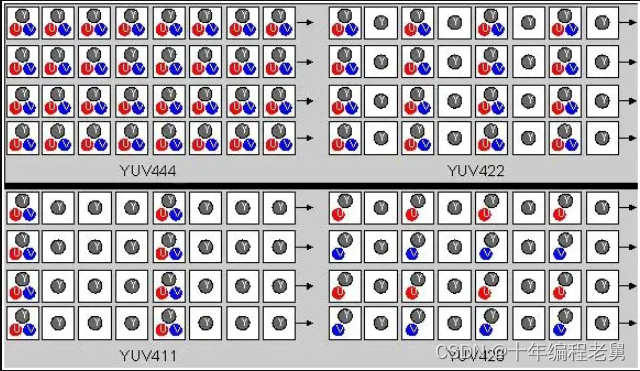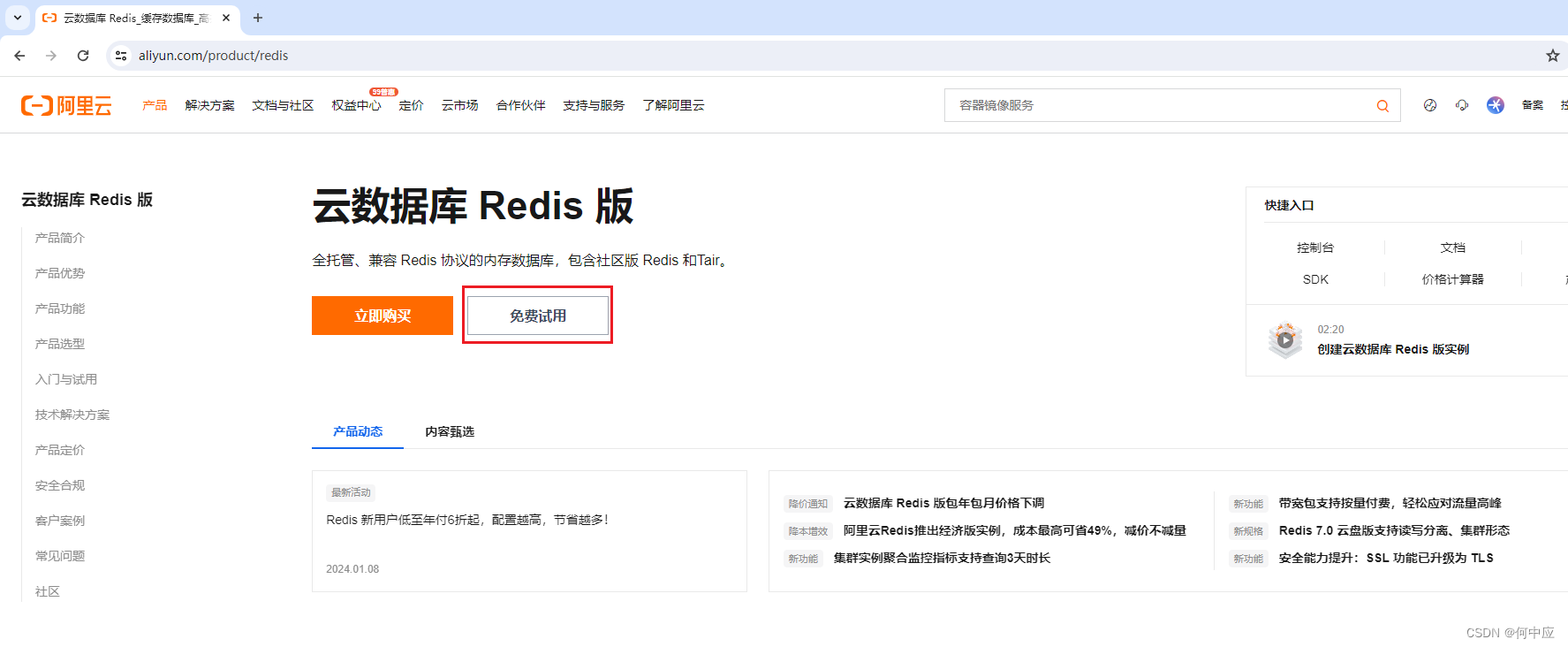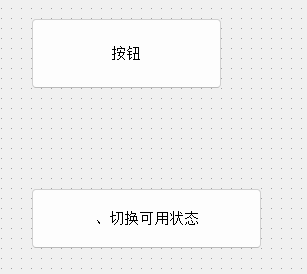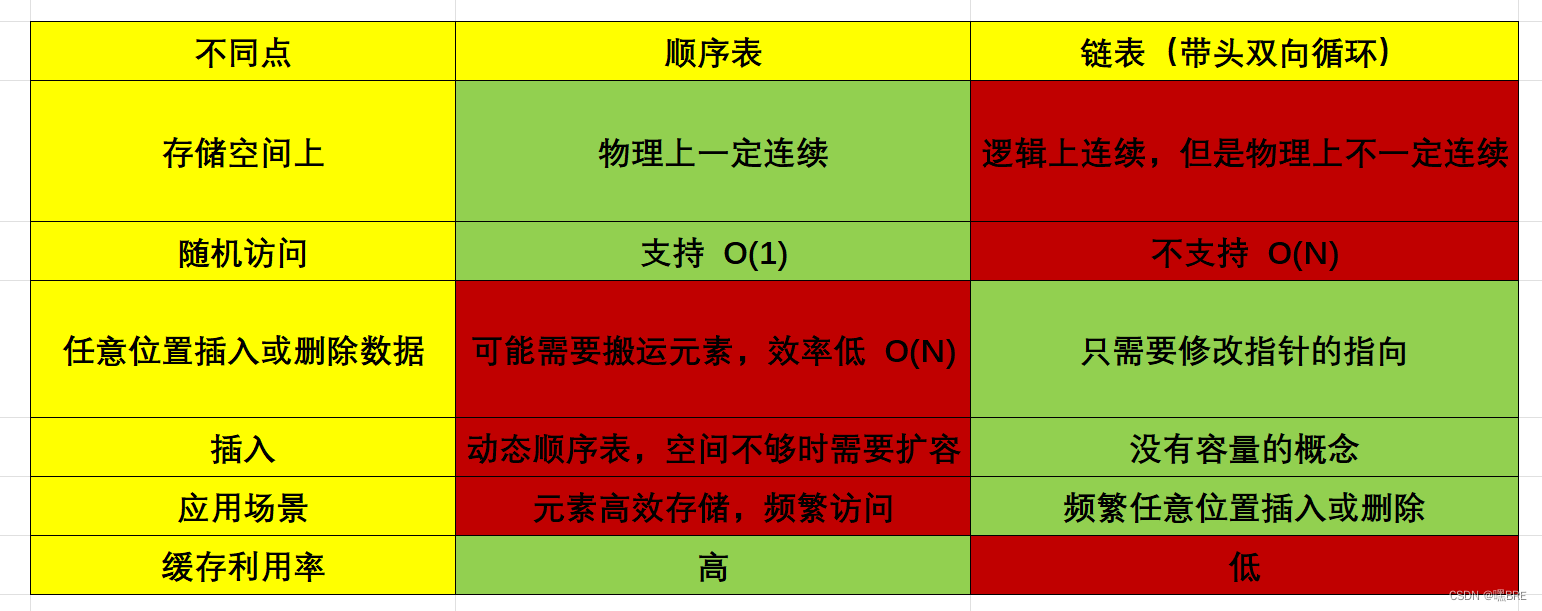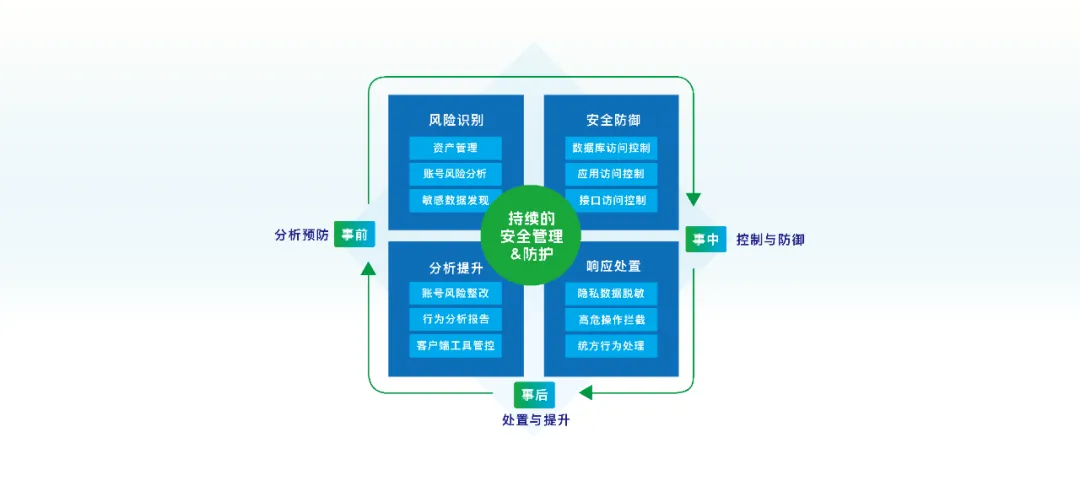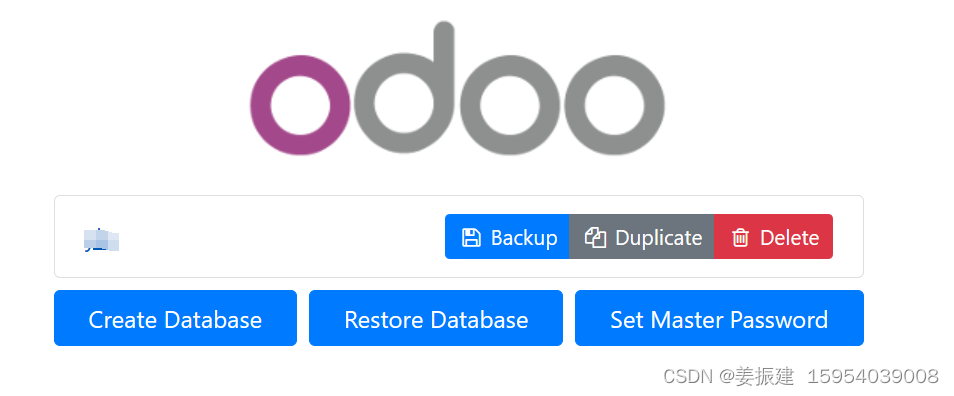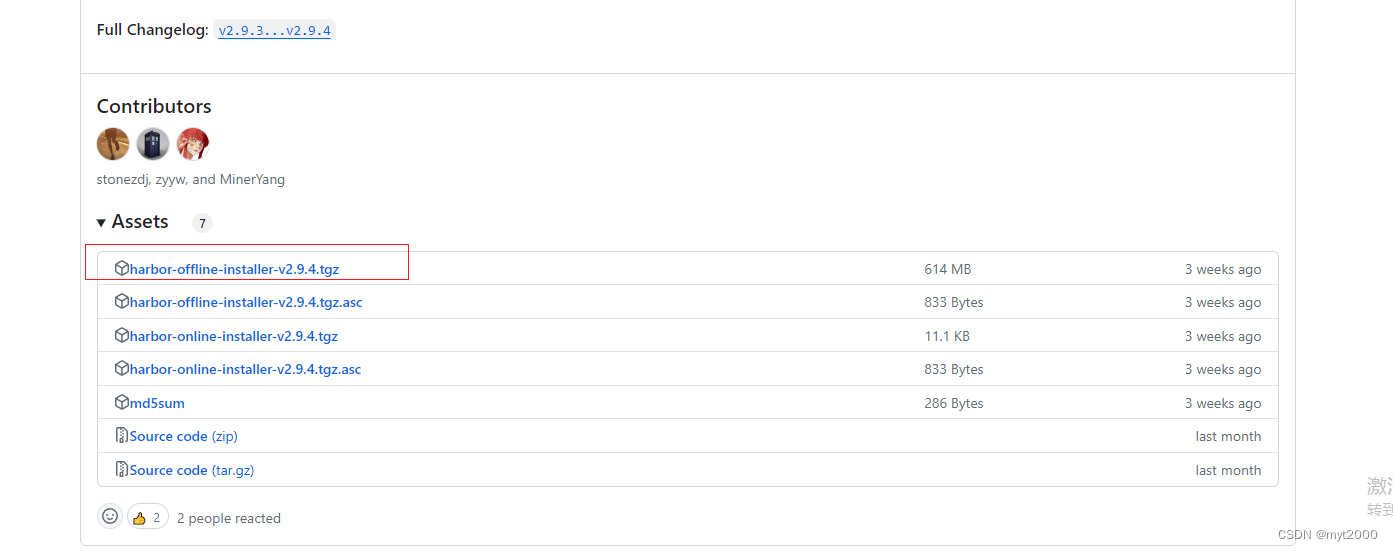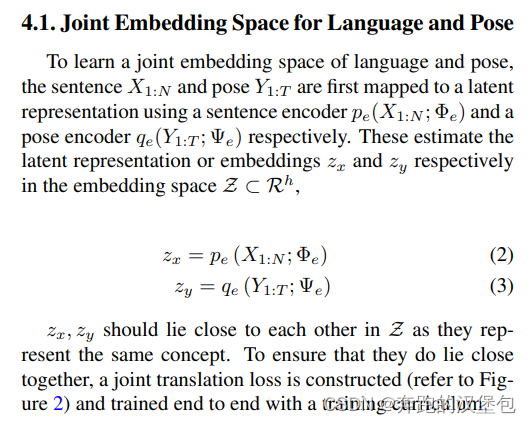- 主要是在遗传符号回归的代码中添加了注释和根据一部分源码做了一点改动
import operator
import random
import numpy as np
import matplotlib.pyplot as plt
from deap import algorithms, base, creator, tools, gp
from operator import attrgetter
def generate_data():
X = np.random.uniform(-10, 10, 100).reshape(-1, 1)
y = X**3 - 2*X**2 + 3*X - 5 + np.random.normal(0, 5, 100).reshape(-1, 1)
return X, y
def varAnd(population, toolbox, cxpb, mutpb):
offspring = [toolbox.clone(ind) for ind in population]
for i in range(1, len(offspring), 2):
if random.random() < cxpb:
offspring[i - 1], offspring[i] = toolbox.mate(offspring[i - 1],
offspring[i])
del offspring[i - 1].fitness.values, offspring[i].fitness.values
for i in range(len(offspring)):
if random.random() < mutpb:
offspring[i], = toolbox.mutate(offspring[i])
del offspring[i].fitness.values
return offspring
def if_then_else(input, output1, output2):
return np.where(input, output1, output2)
def evalSymbReg(individual, points):
func = toolbox.compile(expr=individual)
sqerrors = ((func(points) - y)**2).flatten()
return np.sqrt(np.sum(sqerrors)),
def selTournament(individuals, k, tournsize, fit_attr="fitness"):
chosen = []
for i in range(k):
aspirants = [random.choice(individuals) for i in range(tournsize)]
chosen.append(max(aspirants, key=attrgetter(fit_attr)))
return chosen
def eaSimple2(population, toolbox, cxpb, mutpb, ngen, stats=None,halloffame=None, verbose=__debug__):
invalid_ind = []
for ind in population:
if not ind.fitness.valid:
invalid_ind.append(ind)
fitnesses = toolbox.map(toolbox.evaluate, invalid_ind)
for ind, fit in zip(invalid_ind, fitnesses):
ind.fitness.values = fit
if halloffame is not None:
halloffame.update(population)
for gen in range(1, ngen + 1):
offspring = toolbox.select(population, len(population))
offspring = toolbox.varAnd(offspring, toolbox, cxpb, mutpb)
invalid_ind = []
for ind in offspring:
if not ind.fitness.valid:
invalid_ind.append(ind)
fitnesses = toolbox.map(toolbox.evaluate, invalid_ind)
for ind, fit in zip(invalid_ind, fitnesses):
ind.fitness.values = fit
if halloffame is not None:
halloffame.update(offspring)
population = offspring
return population
pset = gp.PrimitiveSet("MAIN", 1)
pset.addPrimitive(operator.add, 2)
pset.addPrimitive(operator.sub, 2)
pset.addPrimitive(operator.mul, 2)
pset.addPrimitive(operator.neg, 1)
pset.addPrimitive(np.square, 1)
pset.addPrimitive(np.sqrt, 1)
pset.addPrimitive(if_then_else, 3)
pset.addEphemeralConstant("rand101", lambda: random.uniform(-10, 10))
creator.create("FitnessMin", base.Fitness, weights=(-1.0,))
creator.create("Individual", gp.PrimitiveTree, fitness=creator.FitnessMin)
toolbox = base.Toolbox()
toolbox.register("expr", gp.genFull, pset=pset, min_=1, max_=2)
toolbox.register("individual", tools.initIterate, creator.Individual, toolbox.expr)
toolbox.register("population", tools.initRepeat, list, toolbox.individual)
toolbox.register("compile", gp.compile, pset=pset)
X, y = generate_data()
toolbox.register("evaluate", evalSymbReg, points=X)
toolbox.register("select", selTournament, tournsize=3)
toolbox.register("mate", gp.cxOnePoint)
toolbox.register("expr_mut", gp.genFull, min_=0, max_=2)
toolbox.register("mutate", gp.mutUniform, expr=toolbox.expr_mut, pset=pset)
toolbox.register("select", selTournament, tournsize=3)
toolbox.register("varAnd", varAnd)
pop = toolbox.population(n=300)
hof = tools.HallOfFame(10)
pop = eaSimple2(pop, toolbox, 0.5, 0.1, 40,halloffame=hof, verbose=True)
best_ind = hof[0]
print("拟合公式:",best_ind)
func = toolbox.compile(expr=best_ind)
y_pred = func(X)
plt.figure()
plt.scatter(X, y, color='blue', label='Actual data')
plt.scatter(X, y_pred, color='red', label='Predicted data')
plt.legend()
plt.show()

![[<span style='color:red;'>python</span><span style='color:red;'>库</span>] mistune<span style='color:red;'>库</span><span style='color:red;'>的</span>基本<span style='color:red;'>使用</span>](https://img-blog.csdnimg.cn/direct/873fb7b4e5404f54a30b78ae5a5a2059.png#pic_center)





















